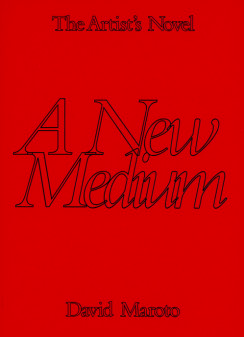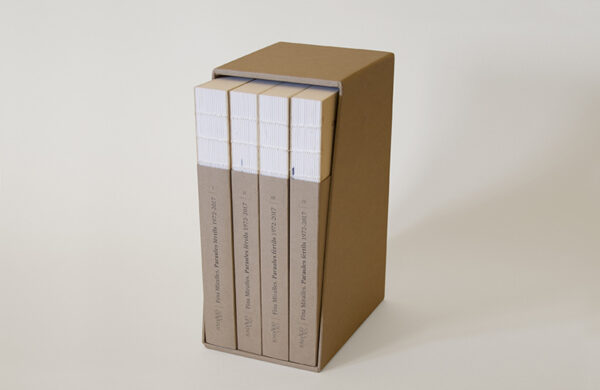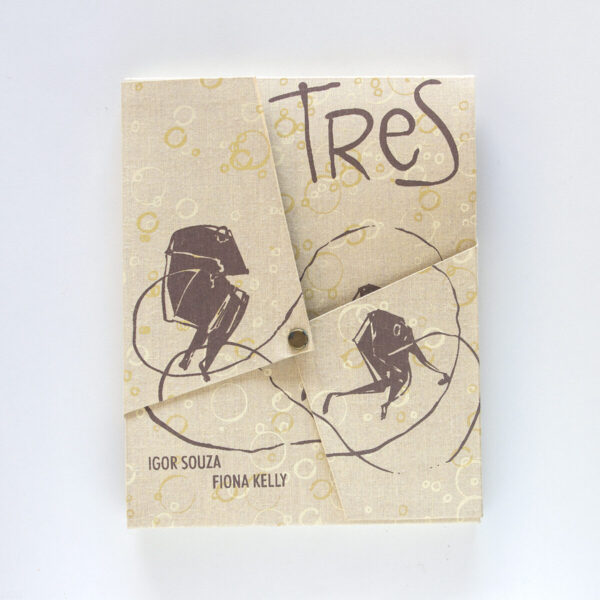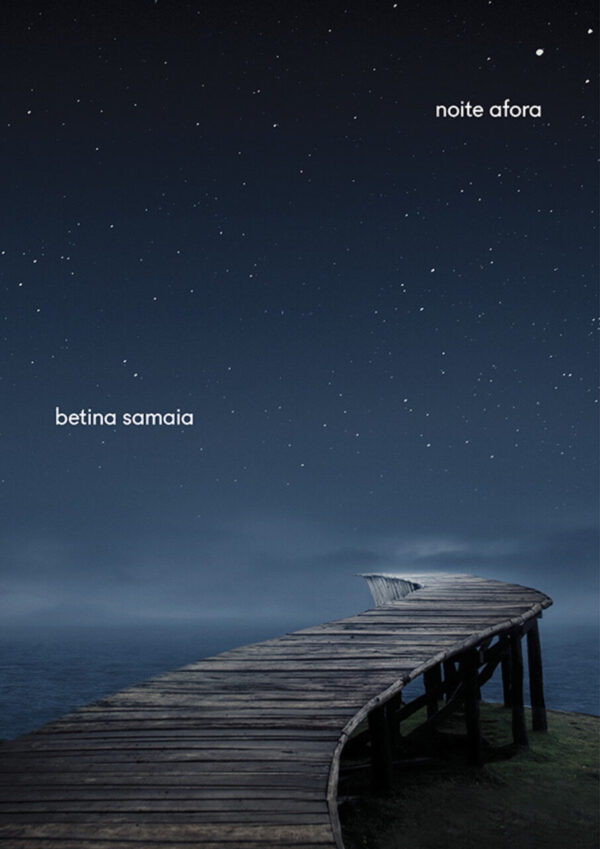The artist’s novel: A new medium (part 1)
Title: A new médium
Author: David Maroto
Publisher: Mousse Publishing
Year of edition: 2019
Nº of pages: 284
Size: 15.3 × 20.7 cm
Format: Softcover
ISBN: 978-88-6749-422-4
22.00€
Estamos trabajando en nuestra web, de momento no es posible comprar libros través de nuestra tienda online. Para cualquier consulta escríbenos a info@artslibris.cat
Availability: In stock
Why do artists write novels? What impact does the artist’s novel have on the visual arts? How should such a novel be experienced? In recent years, there has been a proliferation of visual artists who create novels as part of their broader art practice. They do so in order to address artistic issues by means of novelistic devices, favoring a sort of art predicated on process and subjectivity, introducing notions such as fiction, narrative, and imagination. In this sense, it is possible to see the novel as a new medium in the visual arts; yet very little is known about it. This two-volume publication is the first to explore in depth the subject of the artist’s novel.
Part 1, A New Medium, is a theoretical examination that looks critically at the different ways contemporary artists employ the artist’s novel, focusing mainly on four key case studies: Benjamin Seror’s Mime Radio, Cally Spooner’s Collapsing in Parts, Mai-Thu Perret’s The Crystal Frontier, and Goldin+Senneby’s Headless. It seeks to situate the artist’s novel within the broader context of the visual arts in the hopes of sparking a much-needed discussion about a practice that has long been ignored by critical strands in art discourse. It includes valuable resources, such as the only existing bibliography of artists’ novels.






